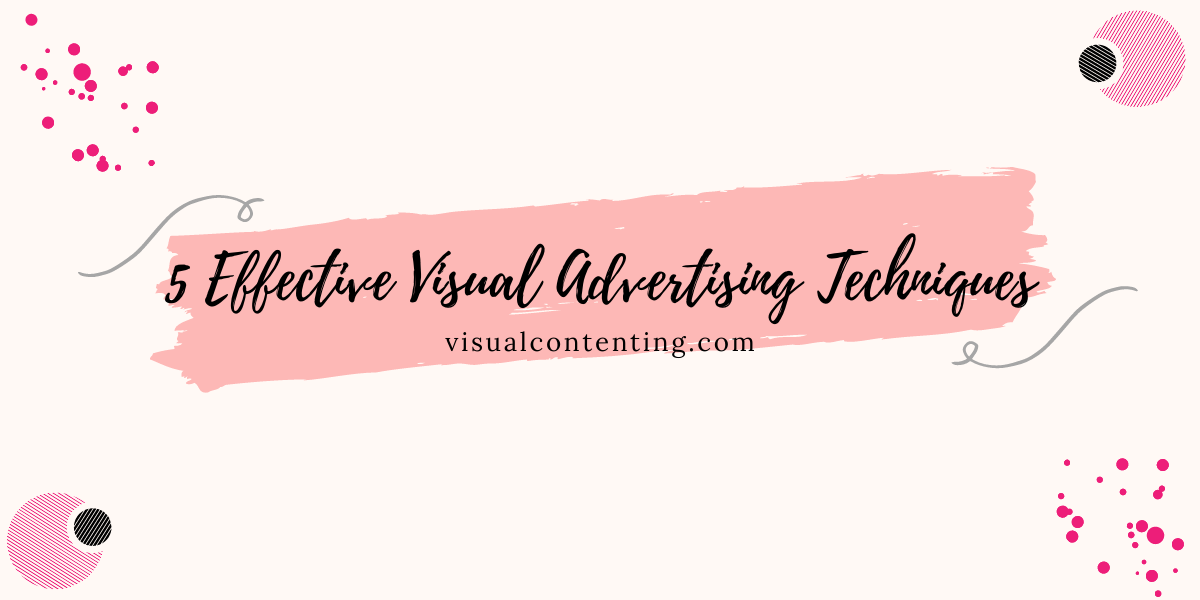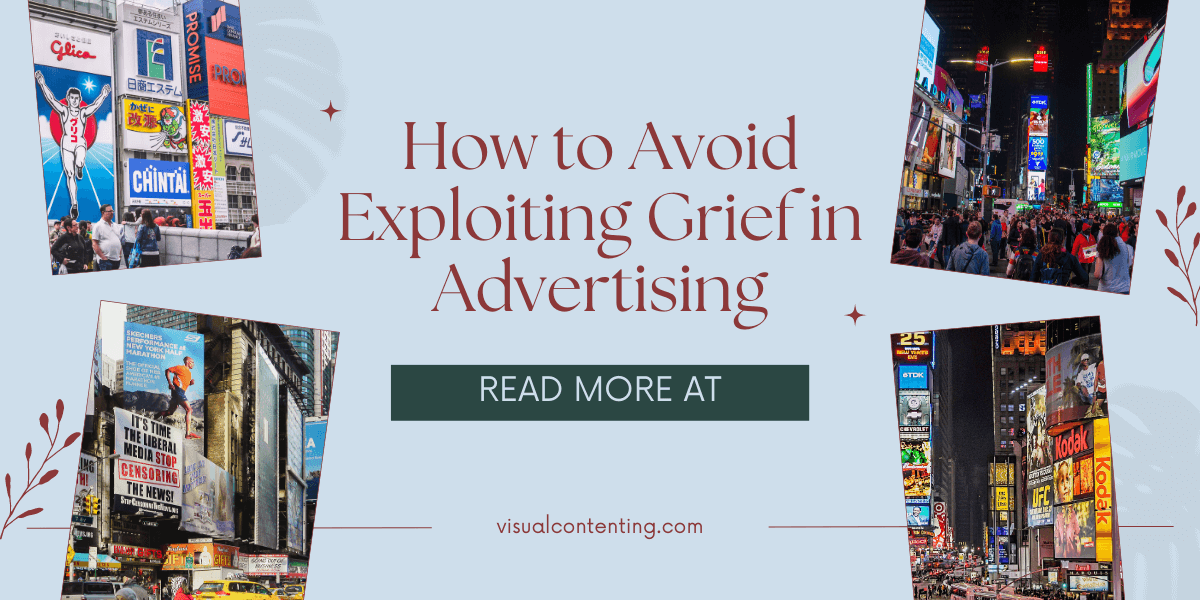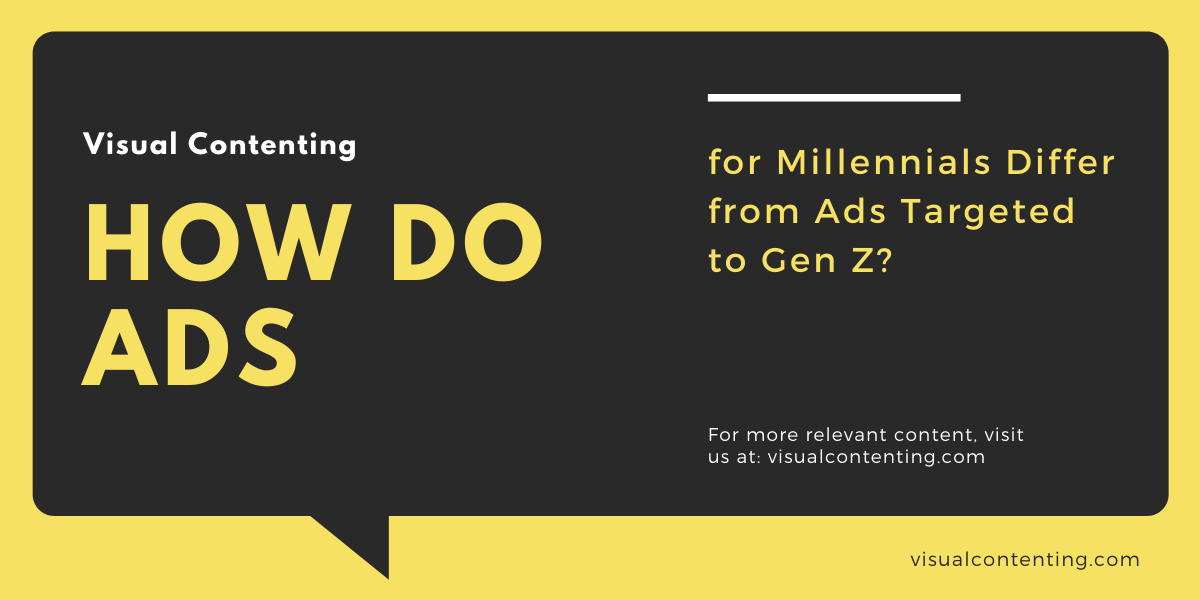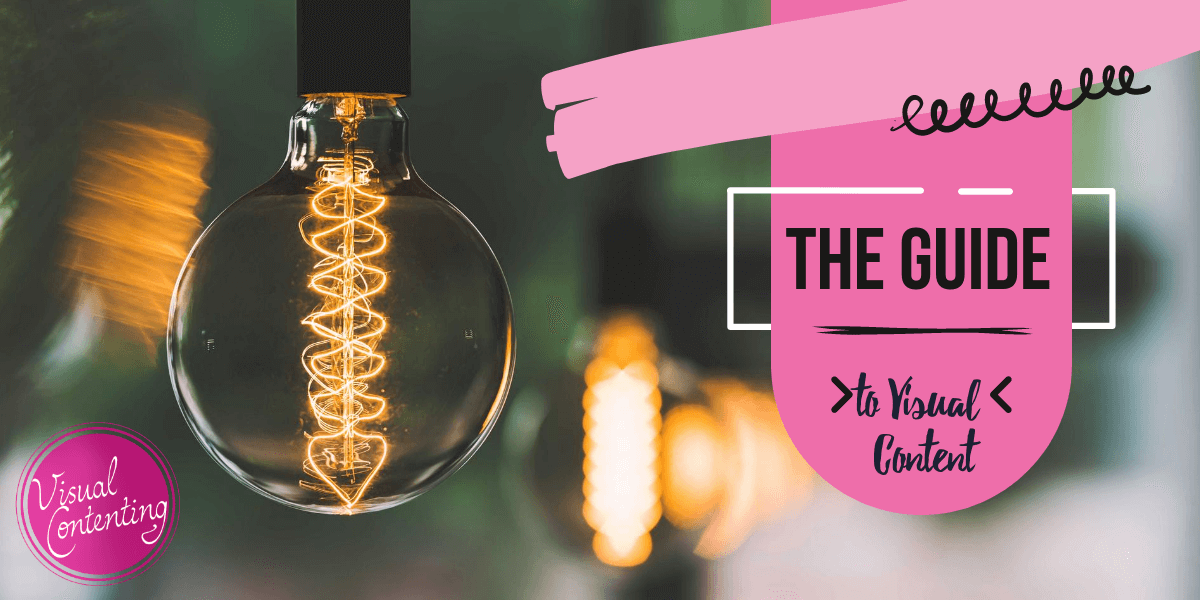That old saying “a picture’s worth a thousand words” might be tired, but it’s never been more accurate in our visual society. People love images and videos, and they’re willing to give their precious attention away if visual content is compelling enough.
Visual advertising isn’t new, but it’s changed a lot in the last hundred years. In the 20th century, illustrated print advertisements and television commercials were important visual advertising techniques. Today, digital marketing has taken over, offering marketers opportunities to use high-resolution images, video, and even interactive content in marketing.
As generations change, so do tastes. Gen Xers want something different than Millennials or Gen Z. Younger generations are more interested in video and mobile content. Although the underlying psychology of advertising and marketing never changes, smart marketers have to keep up with the preferred mediums and platforms of their target audience.
But even as times and trends change, many of the fundamental best practices stay the same. Whenever you design any digital advertisements, it’s important to keep these factors in mind.
Recommended: 5 Visual Design Trends Proven to Increase Sales
Color Psychology
We’re all affected by color, even if we don’t realize it. Subconsciously, certain colors affect our behavior and can have a big impact on whether or not someone clicks on an advertisement or call-to-action (CTA) button on a website.
Learning about color psychology is important for any marketer because these subtle differences in how we perceive color can be hugely influential in the success or failure of an advertisement. For instance, Hubspot’s research discovered that red CTAs are much more effective (21% more) than green CTAs—using the exact same text!
Fast food brands also use color psychology to their advantage. Red and yellow are popular colors for fast food chains because red is known to encourage appetite and yellow is a “happy” color. Combined, they make people think of quick service, essential for any fast-food brand. We’re all being influenced, even if we don’t know it!
Recommended: The Do’s and Don’ts of Data Visualization on the Web
Composition
Simply slapping different elements into an advertisement isn’t going to produce good results. The composition needs to be balanced and aesthetically pleasing. An ad should be composed to draw the eye to certain components and subtly take the viewer through all the important elements. Ad composition can be tricky to get right, but it’s essential for creating a cohesive and effective advertisement.
Focal Point
Composition is important for the overall aesthetics and feel of an advertisement, but not all components are equally important. It’s the advertiser’s job to make the most important elements stand out.
Your key message or image should be the focal point of the advertisement. All the other elements will support the focal point, but shouldn’t distract from it. A designer needs to be able to draw the eye and the attention to the most important message.
Visual Path
It might seem like we take in an advertisement as a whole, but that’s not the way our eyes and brain process information. We take a “visual path” when looking at an image, and the path we take is influenced by the layout and composition of the ad.
There are two main visual paths: the “z-shaped” path and the “f-shaped” path. The z-shaped path means our eyes move across the content in a zigzag, going back and forth on the diagonal. The f-shaped path is similar to how we would read a block of text, back and forth in straight lines.
Be intentional in the visual path you want to use. By choosing the “shape” of your advertisement, people will scan it and get the most important messaging with less effort.
Recommended: 5 Trends and Rules of Visual Storytelling that Designers Must Follow
Typographic Composition
Most people have surprisingly strong feelings about fonts and text color. The shape, font, size, and color of the text in your advertisements can be extremely powerful in drawing people in. However, it can also easily push people away!
In addition to great copywriting, you also have to pay close attention to the visual impact of your text. Think about your brand voice and values in selecting colors and fonts. Make sure the text is integrated into the overall composition of your ad.
Recommended: Understanding the Psychology of Typography While Designing
The Ad as a Whole
Design blends art and science, and people spend years learning how to create effective ads. The ad as a whole, in addition to each of the elements, must support the overall goal: getting someone to take the next step on the buyer’s journey.
Visual advertising can create new revenue and build brand awareness. But it’s very important to put a lot of thought into each ad you create. You’re saying a lot with your words—but you’re also saying a lot with the visual elements of your ads. Make them count!
Related Posts
Janice Cooper is a data visualization specialist and data scientist who is always looking to share statistical information on culture, current events and marketing.







